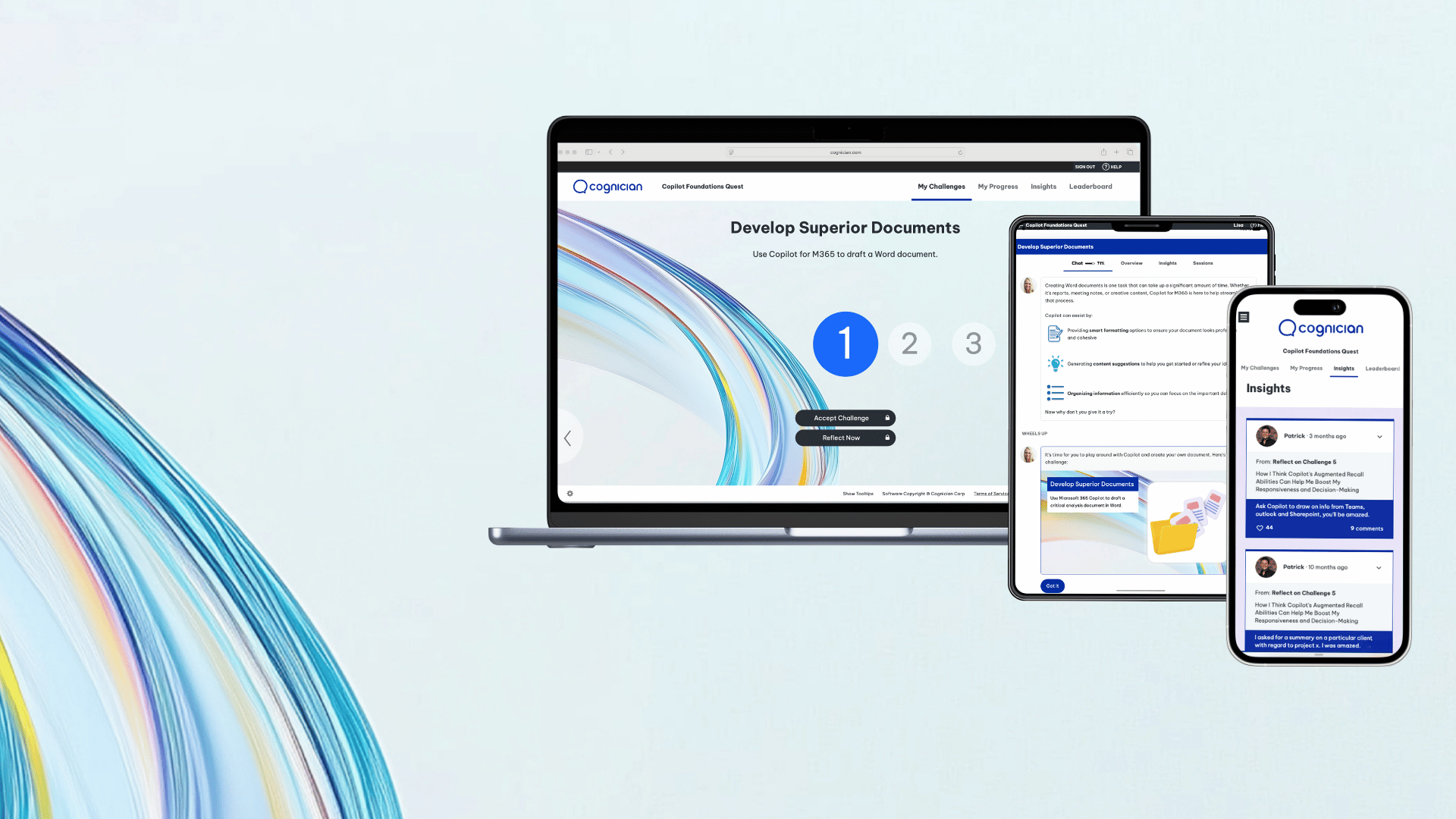In his thought-provoking blog post, our Chief Strategy Officer, Colin Sloman, explores the complexities of change and offers insights on how to simplify it. Drawing from his expertise in change management, transformational change, and behavioral science, Colin shares compelling stories of both failures and successes. He examines the evolution of change and its ongoing impact on organizations.
For more than 30 years, I've been a change practitioner and have often heard the claim that 70% of change projects fail. Despite the lack of a clear source for this statistic and the ambiguity around what defines failure, the sentiment appears to hold true. However, this does not deter organizations from embarking on change projects. Yet, as relentless change sweeps through operating models, technology, and ways of working, employee fatigue grows and patience wanes. According to a recent HBR article, a there is a 'transformation deficit' emerging, and ‘employees’ willingness to support enterprise change dropped to 43% in 2022 from 74% in 2016.
One effective approach to tackling a complex problem is breaking it into smaller, manageable parts—often referred to as 'chunking' or the 'how to eat an elephant' method. While this approach is useful, it is insufficient for ensuring success, especially for large organizations.
Deconstructing change requires a thorough understanding of the complexities and dependencies involved, effective coordination, and the ability to reintegrate into a cohesive solution. This is akin to moving a rugby ball over the goal line, phase by phase, against opposing forces.
Resistance to change manifests as organizational inertia. Familiar, comfortable ways of doing things stifle innovation and transformation. This inertia sets the stage for disruption by competitors or new market players. Historical examples abound, such as Kodak's oversight of digital photography and Microsoft's underestimation of the iPhone.
Epic stories of change failures reveal how entrenched habits prevent the acceptance of looming disruptive forces. Recent existential threats have included the 2007–2008 financial crisis, the e-commerce surge, the sharing economy, mobile technology advancements, social media rise, and the COVID-19 pandemic.
Where does it unravel? Organizations often fail to define change in a comprehensible way (Meaning), provide clear guidance (Guidance and Action), or allow time for shaping, practicing, and absorbing changes (Connection, Contribution, Commitment, and Reflection). The primary issue is a lack of specificity and timeliness in expectations and reflection. In this post, Patrick Kayton, Cognician's co-founder, explains our unique behavior change approach using the Activation framework.
While each change program is unique, common themes of failure include:
- Employee resistance to change.
- Lack of leadership support.
- Absence of buy-in and commitment from management.
- Poor communication about the change's purpose, goals, and processes.
- Lack of clear guidance on new expectations.
In discussions with clients about stalled change, we begin by asking, “What behaviors do you need to activate in management, employees, and leaders?”
Here’s an example: An international services organization, during the rollout of new human capital management software, identified inefficiencies persisting from previous methods. To accelerate change and improve effectiveness, the organization engaged Cognician. Over 15 days, users tackled micro-actions through Cognician's digital platform. Guided by an avatar, participants completed daily challenges in around 10 minutes. Within this short period, Cognician helped the organization increase adoption by 32%, a reduction in time-entry mistakes and HR administrative overhead.
By involving their people with actionable tasks and thought-provoking challenges, significant improvement occurred swiftly. This outcome is typical of our programs, attributable to our emphasis on specific behaviors and meaningful actions.
Complex issues like cultural shifts, leadership behaviors, and new work models can be addressed using our approach, encouraging different thinking, feeling, and acting. By allowing for reflection, change is simplified. Imagine—change made easy. Each challenge in a change program has a lever engaging people and helps them find meaning in transformation, aiding understanding and acceptance. At Cognician, these activation catalysts reduce change implementation time and produce immediate effects.
For leaders and change managers aspiring to foster impactful change, our Activation methods can help achieve rapid and scaled transformation. Together, let's increase the percentage of successful change projects.
Explore our successful change management programs here: resources.
To activate employee behavior change, contact us here: book a call.



.png)

